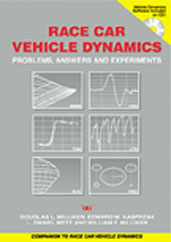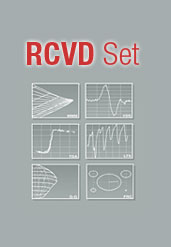Technical Paper
Passenger Car Handling Characteristics Associated with Space-Saver Spare Tires
2018-07-12
2018-01-5027
Space-saver spare tires have become near-standard equipment in passenger cars, replacing full-size spares. The properties of space-saver spare tires (cornering stiffness, self-aligning torque, etc.) exhibit some differences when compared to standard size tires. We examine potential handling changes when a space-saver tire is installed on the vehicle by examining steady-state behavior, initial step steering response, and vehicle understeer gradient as functions of the mounting location of the space-saver tire (front or rear axle). Results show that space-saver spare tires perform well and are quite capable in low-ay, linear handling maneuvers.


